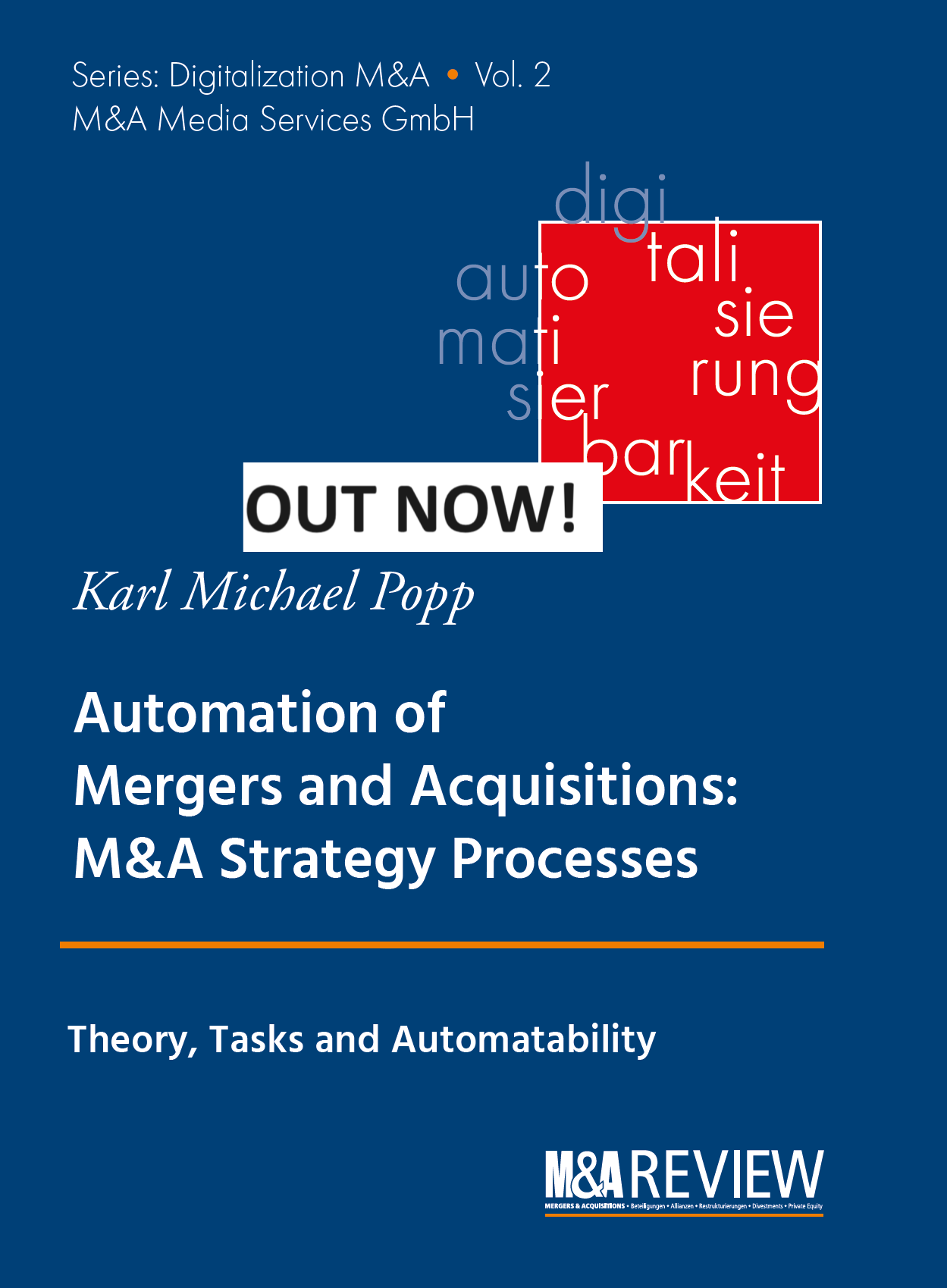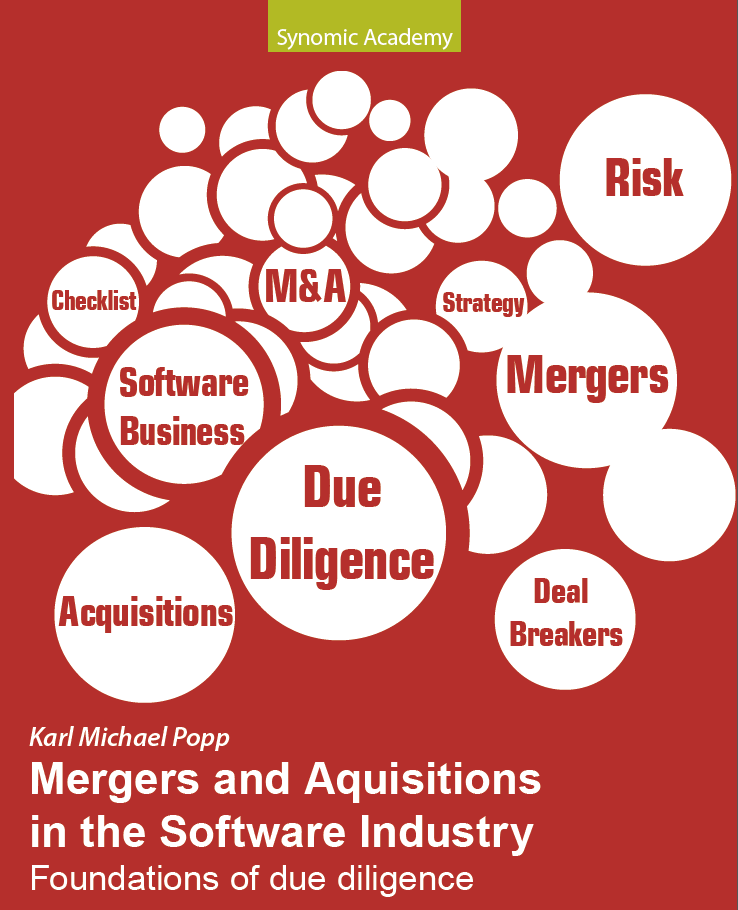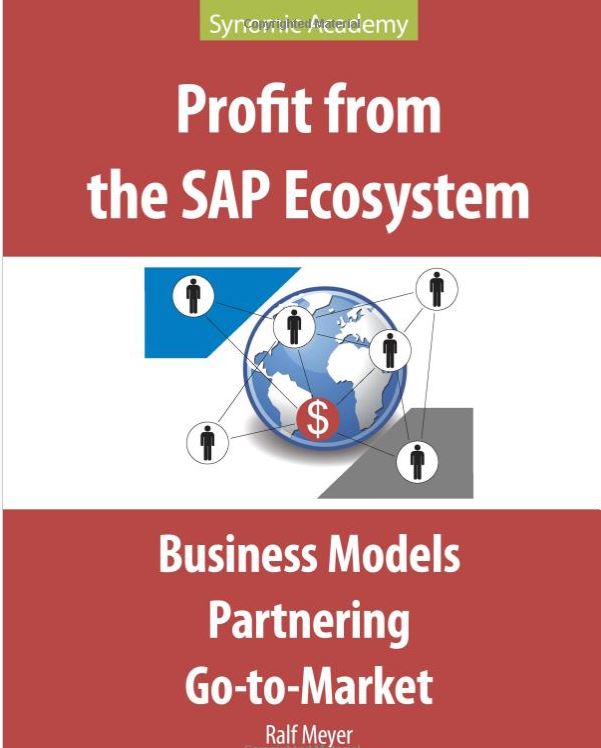Patent-Related Activities During Merger Integration: why tools are necessary
This blog is in the Top 25 M&A blogs worldwide according to Feedspot
As we delve into the intricate and multifaceted process of merging two distinct companies, it becomes exceedingly clear that the thorough integration of their respective patent portfolios stands as a crucial endeavor that possesses the potential to profoundly influence both the strategic value and the operational efficiency of the newly formed entity. In light of this complexity, it is worth exploring the compelling reasons that render tool support not merely advantageous but absolutely essential in navigating this elaborate undertaking.
Key Patent Activities in Merger Integration
1. Patent Portfolio Evaluation
The meticulous assessment of the value and strategic alignment of the patents possessed by the companies involved in the merger plays a pivotal role in ensuring that the resultant patent portfolio is not only cohesive but also perfectly synchronized with the overarching business objectives and aspirations of the unified organization.
2. Due Diligence and Compliance Checking
Engaging in a thorough and rigorous process of due diligence is paramount, as it guarantees that every patent is not only valid but also devoid of any infringement complications, which could be crucially important in maintaining operational integrity following the complex merger.
3. Consolidation and Alignment
The teams responsible for merging must engage in a concerted effort to align their respective patent strategies effectively, thereby preventing any potential overlaps and ensuring that operational efficiencies are streamlined to the greatest extent possible.
Why Tool Support Is Inevitable
1. Efficiency and Accuracy
The utilization of advanced tools, particularly those that harness the capabilities of artificial intelligence and automation, can adeptly manage vast quantities of data, thereby significantly expediting both the evaluation and alignment processes while simultaneously enhancing the accuracy of the outcomes derived from these endeavors.
2. Comprehensive Analysis
Utilizing sophisticated tools enables the generation of exhaustive reports that illuminate the intricate patent landscapes, thereby equipping decision-makers with the critical insights necessary to comprehend their competitive positioning and identify potential synergies that could arise from the merger.
3. Integration of IP Management
The employment of specialized intellectual property management tools is essential for facilitating a seamless integration of the patent management systems utilized by both merging entities, ensuring that the transition is as smooth and efficient as possible.
4. Risk Mitigation
Automated systems play a crucial role in forecasting and mitigating prospective risks that are associated with patent litigation or claims of invalidity, thereby safeguarding the interests of the newly formed organization.
Conclusion
In summation, the integration of patent-related activities during the course of mergers transcends the mere consolidation of assets; it embodies a fundamental process of aligning strategic objectives while simultaneously safeguarding the invaluable intellectual property that the companies possess. The adoption of tool support is not merely a beneficial consideration; rather, it is an absolute necessity for ensuring a seamless and harmonious transition, enhancing the precision of decision-making processes, and ultimately preserving the innovative edge that the company aims to maintain in a competitive landscape.
Like my thoughts? READ MY NEW BOOK
ORDER AT AMAZON
ORDER IN GERMANY









